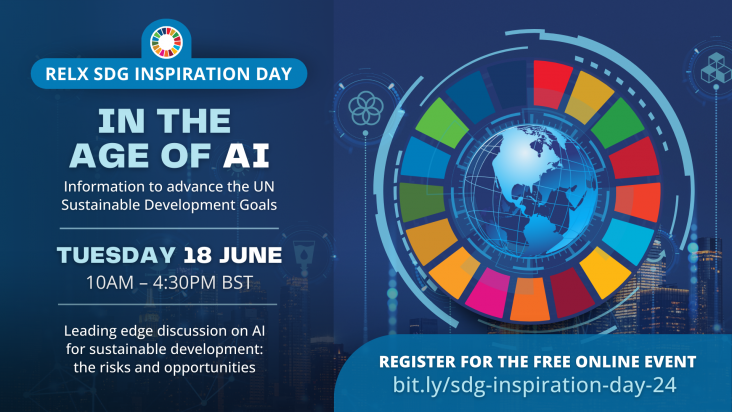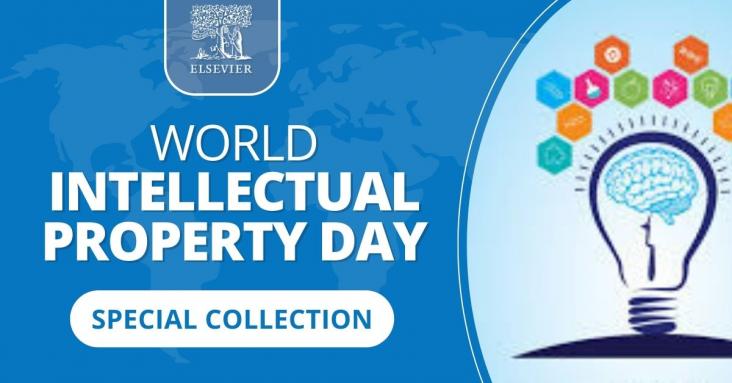Bioremediation of Emerging Contaminants from Soils, Soil Health Conservation for Improved Ecology and Food Security, 2024, Pages 465-488
This content aligns with Goals 2, 13, and 15 by highlighting how indigenous soil reclamation practices can enhance agricultural productivity and food security; explaining how healthy soils play a crucial role in climate change adaptation and mitigation through practices like agroforestry; and emphasizing the importance of biodiversity conservation and sustainable land management practices inherent in indigenous knowledge systems,


AI holds tremendous potential for advancing the United Nations Sustainable Development Goals (SDGs). AI, particularly generative AI, provides new opportunities to analyse data and trends at pace a

World Intellectual Property Day, observed each year on 26th April, is an opportunity to celebrate the contributions made by inventors and creators around the world and to explore how IP contributes

